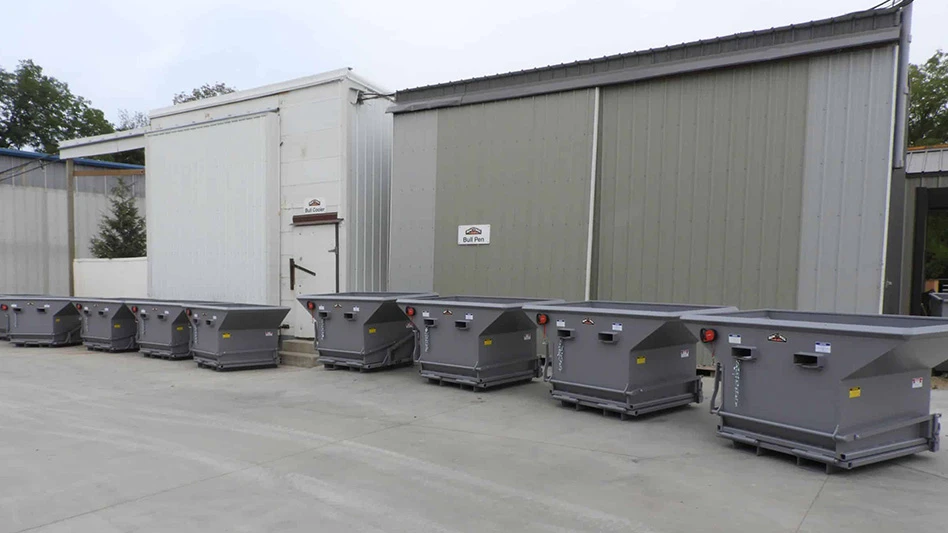Unless they are using the mail-order method, most couples do not go from strangers to wedlock in one step. Logical stages mark the path they progress toward marriage. For most it starts with a date, then courtship, formalized by the engagement and then it is made official on the wedding day.
In a similar way, the path from unknown prospect to paying client also follows a logical process. The goal in both scenarios is to move the relationship forward. But, unlike the marital path, the business model requires an ability to replicate the process successfully, time and again.
If you have not yet defined specific stages in your conversion process, I encourage you to use the following model:
- Stage 1 – A prospect is someone you do not currently have a relationship with but whom you market to using a variety of tactics and media. You might purchase a mailing list of prospects or advertise to an industry niche or geographic area where your defined prospect exists. A prospect also may independently seek your services.
- Stage 2 – A lead is a prospect that responds to a marketing initiative. Examples include attendance at an educational event, a special report download or even a compliance assessment or test. In his or her response to your offer, he or she self-identifies as more likely to engage your services.
- Stage 3 – An opportunity is a lead (or prospect) who wants more from you. The request for detailed information or pricing is often the indicator of movement into this stage. You explore the opportunity’s situation and requirements, qualify the company, provide a proposal and negotiate the terms. This stage can be broken up into even smaller substages to help define your sales-specific steps and progress toward the eventual goal.
- Stage 4 – A client is someone who pays for your service. This is the intended result of all marketing and sales activities conducted in the previous stages.
These four stages provide a framework for your marketing and sales process. Within each stage you can implement specific actions to influence your potential client to engage more deeply with your company. This structure will help predict revenue potential and facilitate measurement of progress from one stage to the next.
Your goal is continuous improvement in conversion. Or, more aptly stated, when “tying the knot” with new clients, you do it more effectively and systematically. Mozel tov!
Tom Adams is a records and information management and information destruction marketing expert. Check out his regular marketing and training tools at TomAdams.com/SDB.
Latest from Recycling Today
- Autocar releases Smart Battery Cable to advance refuse truck fire safety
- PLASTICS launches Positives of Plastics website
- Impact Air Systems launches compact ZAC400
- PCA to shut down paper machines at Washington containerboard mill
- BMRA provides landfill guidance for UK shredder operators
- Fornnax high-capacity tire recycling plant
- EU introduces measures to secure raw materials, strengthen economic security
- US Steel to restart Illinois blast furnace





